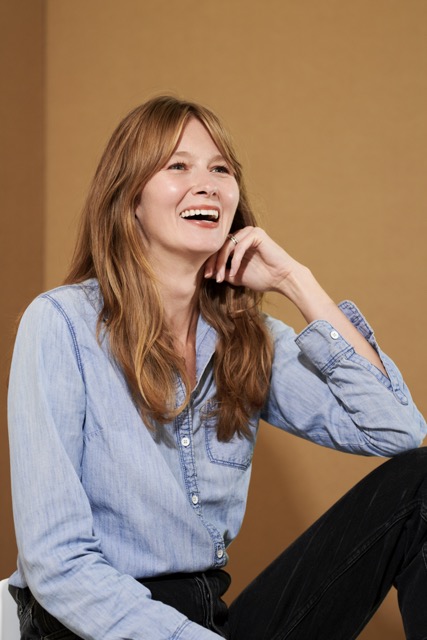Podcast Episodes
With Intent Podcast
With Intent is a podcast from ID. In Season 3, co-hosts Albert Shum and Thamer Abanami discuss some of the best designs from the last 50 years and what they can tell us about what responsible design looks like tomorrow.
In Season 2, Scratching the Surface podcast host Jarrett Fuller, ID’s 2022–23 Latham Fellow, hosted conversations about the state of design and ID’s latest chapter as we celebrated 85 Years of Making the Future. These conversations are also collected in the book, Where Must Design Go Next?
In Season 1, host and producer Kristin Gecan talked to a range of people—writers, business strategists, policymakers, doctors, community organizers—about how they use design in their work.
Subscribe:
Apple Podcasts
Spotify


-
S3 eP2

LifeStraw: Revolutionizing Safe Water Access Through Innovative Design
In this episode of With Intent, hosts Thamer Abanami and Albert Shum explore the story of LifeStraw, a groundbreaking water filtration device that’s changing lives globally. They dive into LifeStraw’s origins, innovative technology, and unique business model that balances profit with purpose.
Listen
-
S3 eP1

Geometry vs. Geography: Massimo Vignelli’s 1972 New York City Subway Map
In this episode of With Intent, hosts Thamer Abanami and Albert Shum explore the intriguing tale of Massimo Vignelli’s 1972 New York City Subway Map. Vignelli’s design was celebrated for its modernist brilliance yet heavily critiqued for its practical shortcomings. Here, Thamer and Albert delve into the tension between geometric abstraction and geographic accuracy, examining how Vignelli’s map became both a milestone and a lesson in design history.
A dive into the complexities of designing for large-scale systems, this episode explores the balance between aesthetic innovation and practical functionality. It emphasizes the importance of user-centered design and iterative processes and the profound impact that design and client decisions can have.
Listen
-
S3 Trailer
The List
In this introductory trailer to With Intent Season 3, hosts Thamer Abanami and Albert Shum introduce themselves as this year’s Latham Fellows at the Institute of Design at Illinois Tech. They share their excitement about co-hosting the podcast and reflect on their 15-year professional partnership, including their collaborative work on a broad range of design projects and their previous podcast, The Design Vault. Their longstanding relationship sets the stage for insightful discussions on design and its impact on society.
The hosts outline the themes and focus for the upcoming season, which will explore designs featured in ID’s list of 100 Great Designs of Modern Times, published with Fortune magazine in 2020. They will delve into topics centered around innovation, responsible design, social impact, and scalability. By using notable designs as a backdrop—such as Zipline’s drone-based logistics platform (2014, #69), Massimo Vignelli’s New York City Subway Map (1972, #28), the ClearRx prescription bottle redesign (#36, 2005), the OXO Good Grips Peeler (1990, #6), LifeStraw water filters (2005, #53), and the Raspberry Pi computer (2012, #54)—they foster deeper conversations about design principles and the unexpected insights embedded within these creations.
Listen
-
S2 eP6
Where Must Design Go Next?
In the final episode of our second season of With Intent, Jarrett Fuller asks ID Dean Anijo Mathew, Where Must Design Go Next? Anijo discusses ID’s pioneering history and where it’s headed next—summarizing ID’s four eras, defining what he calls Design Plus, and contextualizing the three forces acting on design today and where they will lead us.
Listen
-
S2 eP5
How Can Design Make the Biggest Impact?
In the fifth episode of our second season of With Intent, Jarrett Fuller asks ID Associate Professor of Environmental Management and Sustainability Weslynne Ashton and Associate Professor of Design for Technology and Society John Payne, How Can Design Make the Biggest Impact?
Weslynne and John discuss working in the private versus the public sector, systems design, service design, why design isn’t just problem solving, and where design is headed next.
Jarrett Fuller, host of Scratching the Surface, is the 2022–23 Latham fellow at the Institute of Design and hosts With Intent this season.
Listen
Contact

Kristin Gecan
Assistant Dean & Senior Director for Content
Contact Kristin with media inquiries, guest ideas, and other feedback.